官方導覽書
50位日本漫畫家、70本書、162件作品
主題擴及動畫、遊戲、cosplay與世界最大型同人誌即賣會
日本漫畫(manga)是一種圖像表達的敘事藝術形式,其根源與歷史淵遠流長。我們至今所熟知的形式大多是從19世紀末到20世紀初的日本發展所推廣出來,近期更是風靡全球。最初僅包含漫畫、版畫和圖畫小說等區塊,至今已擴展成為影響動畫、時尚、遊戲、街頭藝術和新媒體等版圖的表現形式。而漫畫的內容從運動、愛情、恐怖、老化、到威脅和性別認同,每個人都可以找到一本屬於自己的漫畫!不僅受到日本各年齡層的歡迎,讀者更是遍布世界各地。
坐落於倫敦,擁有館藏超過800萬件的「大英博物館」,成立於1753年,是全球規模最大、最著名的博物館之一,將於2019年舉辦以日本漫畫為主題的大型展覽—「MANGA マンガ」,將是日本在海外舉辦的史上最大規模漫畫展,同時認證ACG文化已成為新時代重要的敘事藝術形式。
展覽主要讓參觀者了解日本漫畫(Manga)的「深度」及探索日本漫畫對全球的影響和文化交流,除了探究日本漫畫的根源,也會展示約 50 位日本漫畫家的作品和其對世界的影響,更將主題擴展至動畫、遊戲、cosplay甚至是世界最大型同人誌即賣會「Comiket」等多樣化發展上。
這本官方導覽書包含50位日本漫畫家、70本書、162件作品,共分六個主題,介紹從過去到現在日本最具影響力的漫畫家作品與對世界的影響,包含發行的漫畫摘錄、原版圖畫、漫畫雜誌、戲劇、電影、數位科技,及針對藝術家、編輯與出版社的獨家採訪。而此書對於漫畫愛好者來說,頌揚了漫畫的跨文化吸引力且打破文化障礙的悠久歷史;對於那些剛認識漫畫的人來說,漫畫則成為這個全球化時代最能夠快速傳遞資訊的視覺語法。
大英博物館主辦的「日本漫畫展」搭配此書出版,讓漫畫這種豐富多樣又傳統現代的藝術不僅展現於2D印刷的紙面上,更將躍然於讀者眼前,給你不同於想像的漫畫視野。
Manga is a visual form of narrative storytelling. Its roots are international, but the form as we know it today developed in Japan between the late 19th and early 20th centuries and has recently achieved global reach. Originally confined to comics, prints and graphic novels, manga has expanded to influence animation, fashion, gaming, street art and new media. It is a multi-billion pound industry, popular with people of all ages in Japan and increasingly all over the world, encompassing hundreds of genres, from sports, love, horror and ageing to global threats and sexual identity. There is a manga for everyone.
For manga fans, this book celebrates the excitement of manga’s cross-cultural appeal and its long history of breaking barriers. For those new to manga, it offers the chance to become literate in what is fast becoming a universal visual grammar of our globalized age.
Arranged into six thematic chapters, with essays by leading scholars, this volume showcases the work of Japan’s most influential manga-ka (manga creators) past and present, with printed manga extracts, original drawings, manga magazines, theatre, film, digital technologies and exclusive interviews with artists, editors and publishers.
The first chapter focuses on understanding how manga is read, drawn and produced. The second explores its power of storytelling, and presentation of reality; the third, the power of manga to depict many different worlds, both seen and unseen. The fourth shifts the attention from the art form to its role in society, including fan groups, grassroots manga, Comiket events and the importance of cosplay. The penultimate chapter discusses the roots of modern manga in the work of 19th-century artists such as Hokusai and Kyosai, while the final chapter examines manga’s expansion into the avant-garde, its crossover into other media and its growing international reach and influence.
Published in conjunction with a landmark, cutting-edge exhibition at the British Museum, this is manga as Western audiences have never before seen it: diverse yet universally familiar, traditional yet intensely modern, rooted in the 2D printed page but effortlessly leaping out of it.
Table of Contents
Introduction
1. Understanding Manga through Reading, Drawing and Producing
2. The Power of Storytelling
3. The Power of Seen and Unseen Worlds
4. Manga and Society
5. Motion through Line
6. Expanding Manga’s Boundaries



 天天爆殺
天天爆殺  今日66折
今日66折 







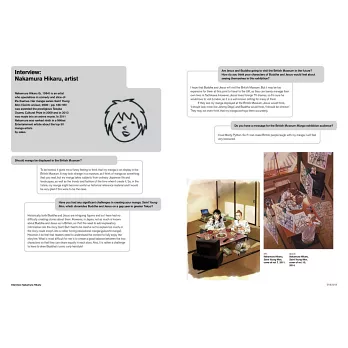
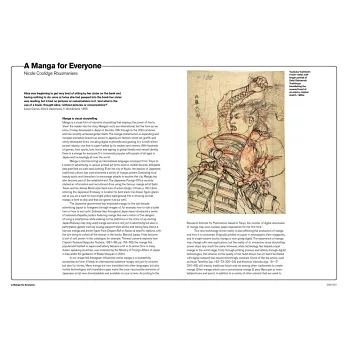
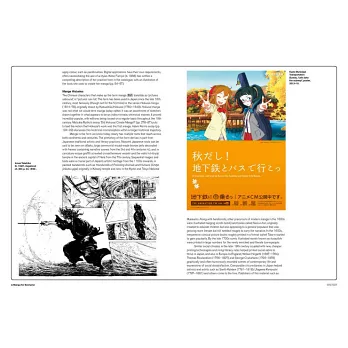


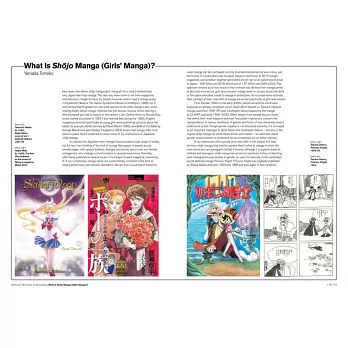
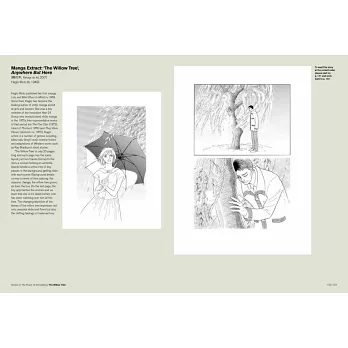

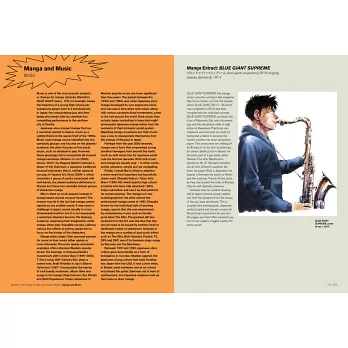
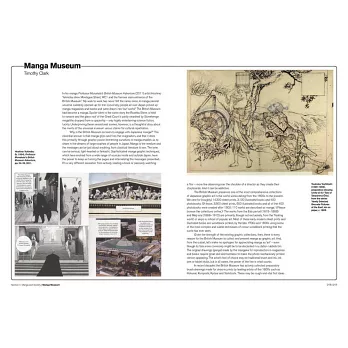
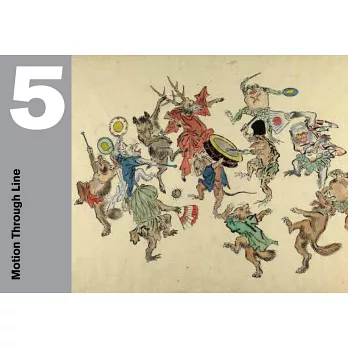
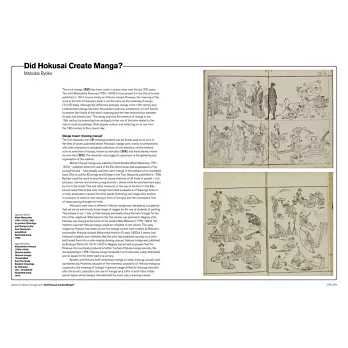
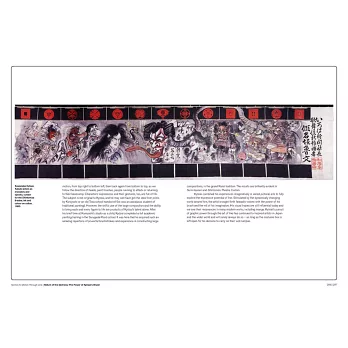

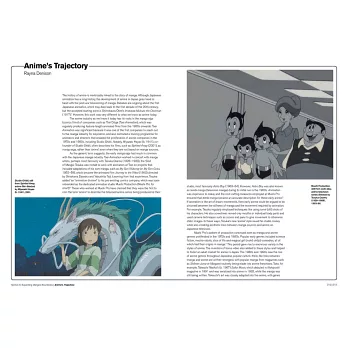


























 博客來
博客來 博客來
博客來 博客來
博客來 博客來
博客來 博客來
博客來